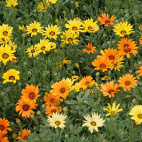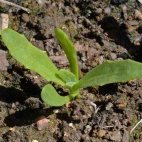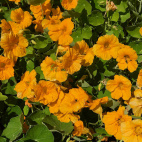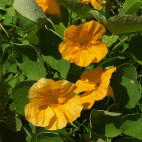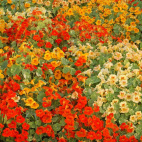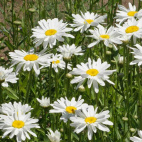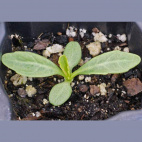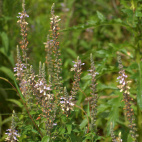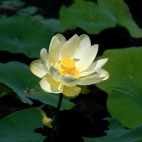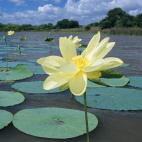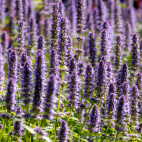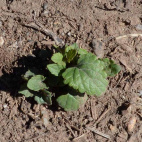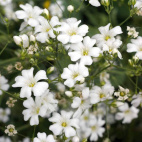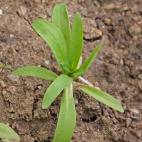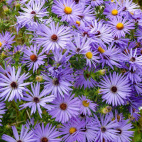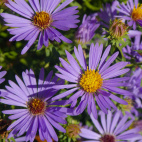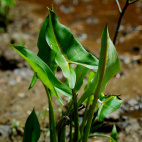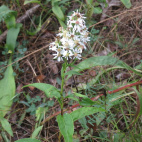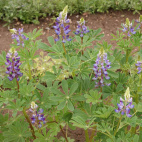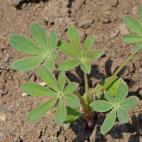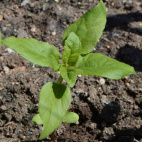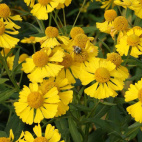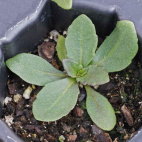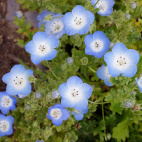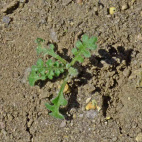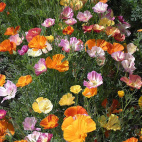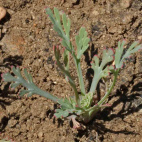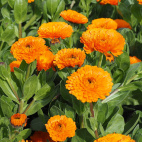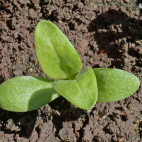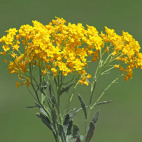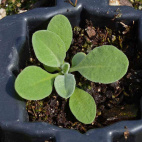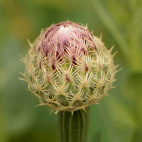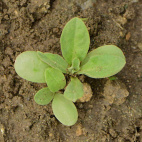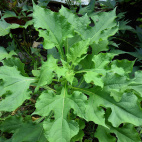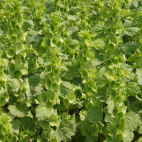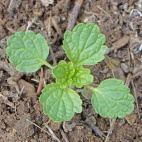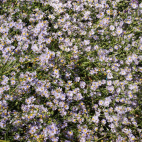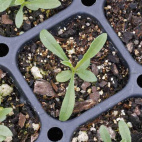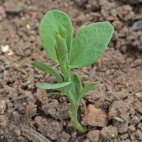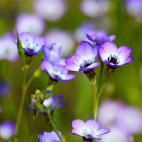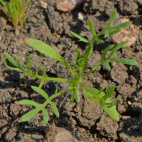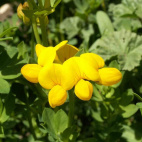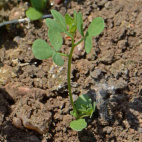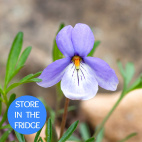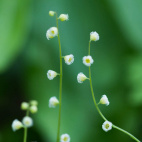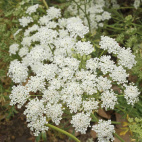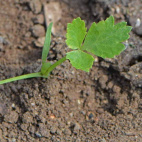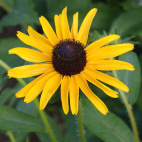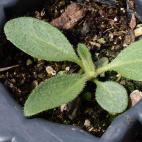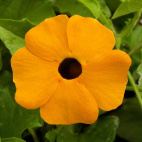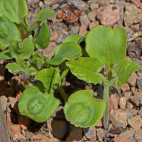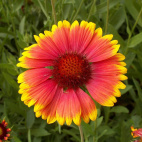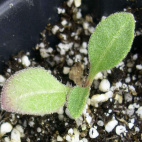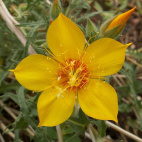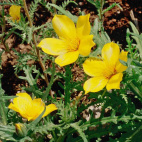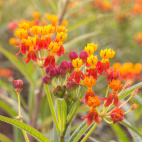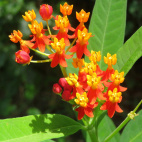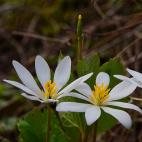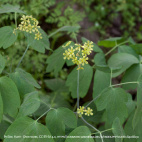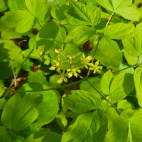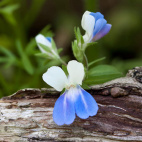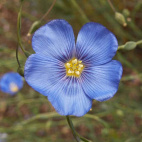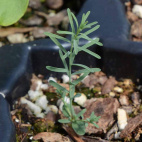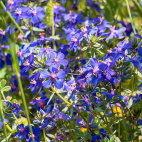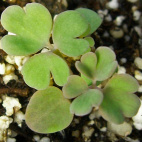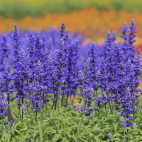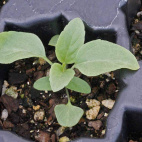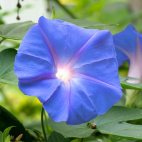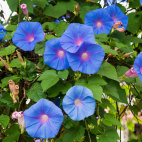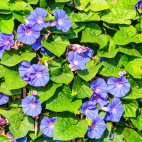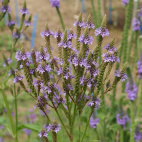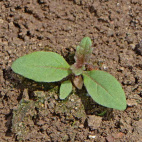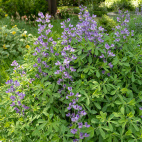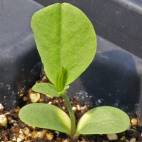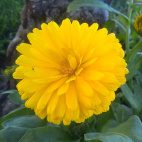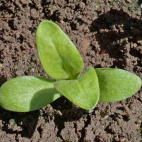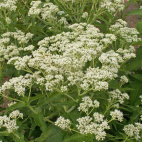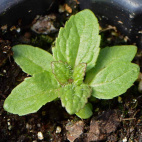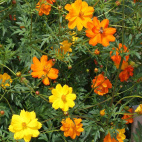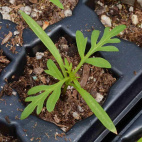Color
USDA Zone
Region
Type
Duration
Season
Germination
Soil
Sunlight
Height
Use
Narrow Your Search
Color
USDA Zone
Region
Type
Duration
Season
Germination
Soil
Sunlight
Height
Use
Wildflower Seeds - Southeast Region
-
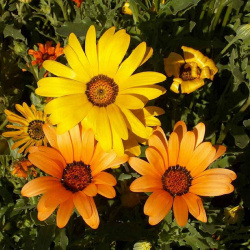 On Sale!
African Daisy Seeds
Dimorphotheca sinuata
Quick View
x
On Sale!
African Daisy Seeds
Dimorphotheca sinuata
Quick View
xAfrican Daisy Seeds
Starting at $3.48 USD -
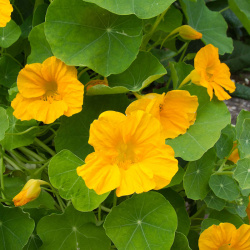 Out of Stock
Alaska Gold Nasturtium Seeds
Tropaeolum nanum
Quick View
x
Out of Stock
Alaska Gold Nasturtium Seeds
Tropaeolum nanum
Quick View
xAlaska Gold Nasturtium Seeds
Tropaeolum nanum
Go for the gold with these rich yellow blooms, scattered among lovely variegated foliage. This easy-to-grow, compact annual also performs well as a container plant.
Starting at $3.48 USD -
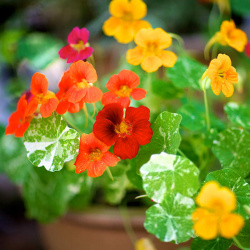 Alaska Nasturtium Seed Mix
Tropaeolum nanum
Quick View
x
Alaska Nasturtium Seed Mix
Tropaeolum nanum
Quick View
xAlaska Nasturtium Seed Mix
Starting at $3.48 USD -
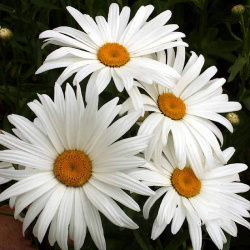 On Sale!
Alaska Shasta Daisy Seeds
Chrysanthemum maximum
Quick View
x
On Sale!
Alaska Shasta Daisy Seeds
Chrysanthemum maximum
Quick View
xAlaska Shasta Daisy Seeds
Starting at $2.98 USD -
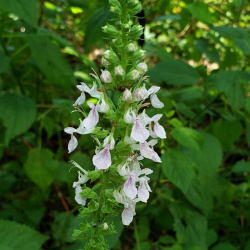 American Germander Seeds
Teucrium canadense
Quick View
x
American Germander Seeds
Teucrium canadense
Quick View
xAmerican Germander Seeds
Starting at $3.48 USD -
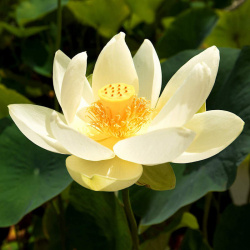 American Lotus Seeds
Nelumbo lutea
Quick View
x
American Lotus Seeds
Nelumbo lutea
Quick View
xAmerican Lotus Seeds
Starting at $3.48 USD -
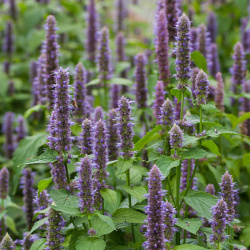 Anise Hyssop Seeds
Agastache foeniculum
Quick View
x
Anise Hyssop Seeds
Agastache foeniculum
Quick View
xAnise Hyssop Seeds
Agastache foeniculum
A member of the mint family, this wildflower brings a delightfully rich scent to any herb garden. The tall, lavender flower spikes attract multitudes of hummingbirds, bees, and butterflies. It is a favorite with beekeepers, and we have found that the anise honey from this plant is excellent!
Starting at $3.48 USD -
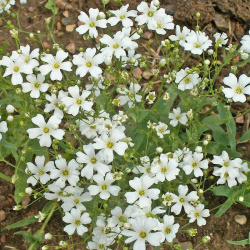 On Sale!
Annual Baby's Breath Seeds
Gypsophila elegans
Quick View
x
On Sale!
Annual Baby's Breath Seeds
Gypsophila elegans
Quick View
xAnnual Baby's Breath Seeds
Starting at $2.98 USD -
 On Sale!
Aromatic Aster Seeds
Aster oblongifolius
Quick View
x
On Sale!
Aromatic Aster Seeds
Aster oblongifolius
Quick View
xAromatic Aster Seeds
Starting at $3.75 USD -
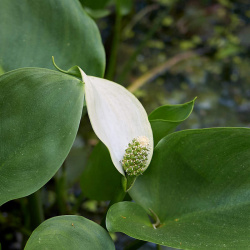 On Sale!
Arrow Arum Seeds
Peltandra virginica
Quick View
x
On Sale!
Arrow Arum Seeds
Peltandra virginica
Quick View
xArrow Arum Seeds
Starting at $3.48 USD -
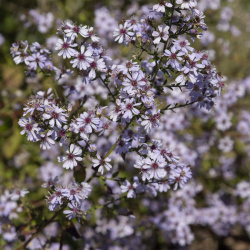 Arrow Leaved Aster Seeds
Aster sagittifolius
Quick View
x
Arrow Leaved Aster Seeds
Aster sagittifolius
Quick View
xArrow Leaved Aster Seeds
Starting at $3.75 USD -
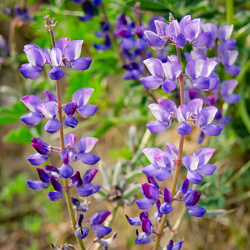 Arroyo Lupine Seeds
Lupinus succulentus
Quick View
x
Arroyo Lupine Seeds
Lupinus succulentus
Quick View
xArroyo Lupine Seeds
Lupinus succulentus
Though native to California, this lovely wildflower can be found throughout the American southwest. This annual grows quickly and is very easy to grow in the garden, no matter where you live.
Starting at $3.48 USD -
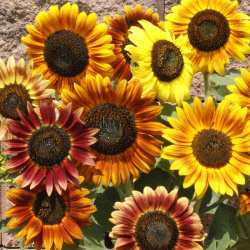 Autumn Beauty Sunflower Seeds
Helianthus annuus
Quick View
x
Autumn Beauty Sunflower Seeds
Helianthus annuus
Quick View
xAutumn Beauty Sunflower Seeds
Helianthus annuus
The warm autumn tones of this sunflower mix are very popular and will add rustic beauty to your fall decor. This annual is relatively tall and will produce many different stripes and colors of sunflowers. The really neat thing about sunflowers is that their flower heads follow the movement of the sun throughout the day!
Starting at $3.48 USD -
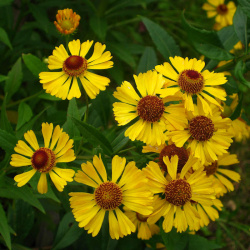 Autumn Sneezeweed Seeds
Helenium autumnale
Quick View
x
Autumn Sneezeweed Seeds
Helenium autumnale
Quick View
xAutumn Sneezeweed Seeds
Starting at $2.98 USD -
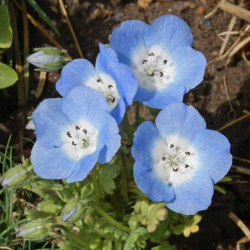 Baby Blue Eyes Seeds
Nemophila menziesii
Quick View
x
Baby Blue Eyes Seeds
Nemophila menziesii
Quick View
xBaby Blue Eyes Seeds
Starting at $2.98 USD -
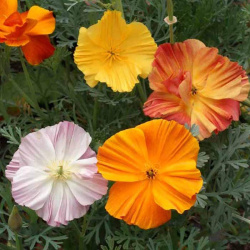 On Sale!
Ballerina California Poppy Seed Mix
Eschscholzia californica
Quick View
x
On Sale!
Ballerina California Poppy Seed Mix
Eschscholzia californica
Quick View
xBallerina California Poppy Seed Mix
Starting at $3.48 USD -
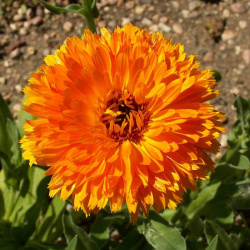 Ball's Orange Calendula Seeds
Calendula officinalis
Quick View
x
Ball's Orange Calendula Seeds
Calendula officinalis
Quick View
xBall's Orange Calendula Seeds
Starting at $3.48 USD -
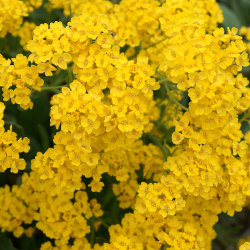 On Sale!
Basket of Gold Seeds
Alyssum saxatile
Quick View
x
On Sale!
Basket of Gold Seeds
Alyssum saxatile
Quick View
xBasket of Gold Seeds
Starting at $3.48 USD -
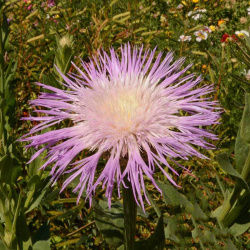 On Sale!
Basketflower Seeds
Centaurea americana
Quick View
x
On Sale!
Basketflower Seeds
Centaurea americana
Quick View
xBasketflower Seeds
Centaurea americana
The basket-like base of these blossoms holds delicate petals, hence its name. Although it is a distant relative of the thistle, the colorful flowers give off a sweet honey-like scent.
Starting at $3.48 USD -
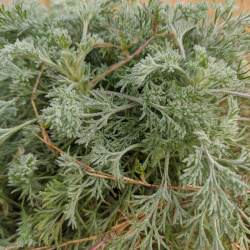 Beach Wormwood Seeds
Artemisia caudata
Quick View
x
Beach Wormwood Seeds
Artemisia caudata
Quick View
xBeach Wormwood Seeds
Starting at $3.48 USD -
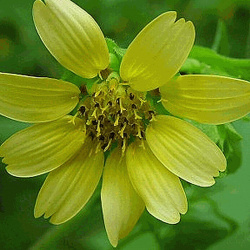 Bear's Foot Seeds
Polymnia uvedalia
Quick View
x
Bear's Foot Seeds
Polymnia uvedalia
Quick View
xBear's Foot Seeds
Starting at $3.48 USD -
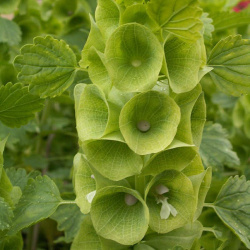 Bells of Ireland Seeds
Moluccella laevis
Quick View
x
Bells of Ireland Seeds
Moluccella laevis
Quick View
xBells of Ireland Seeds
Starting at $3.48 USD -
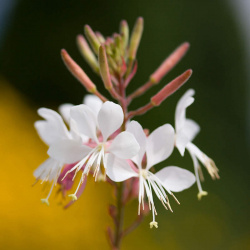 Biennial Gaura Seeds
Gaura biennis
Quick View
x
Biennial Gaura Seeds
Gaura biennis
Quick View
xBiennial Gaura Seeds
Starting at $3.48 USD -
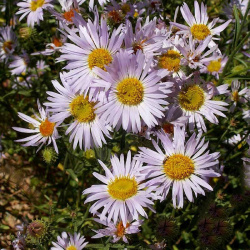 Out of Stock
Bigelow's Aster Seeds
Machaeranthera biglovii
Quick View
x
Out of Stock
Bigelow's Aster Seeds
Machaeranthera biglovii
Quick View
xBigelow's Aster Seeds
Machaeranthera biglovii
Native to the Southwestern United States, this bushy biennial is relatively resistant to heat and drought, making it a candidate for xeriscaping. The plant attracts butterflies and provides erosion control, making it an ideal pick for a wildflower planting.
Starting at $3.48 USD -
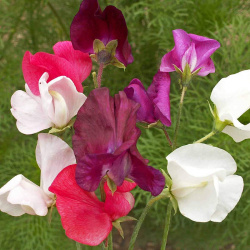 Bijou Sweet Pea Seed Mix
Lathyrus odoratus
Quick View
x
Bijou Sweet Pea Seed Mix
Lathyrus odoratus
Quick View
xBijou Sweet Pea Seed Mix
Starting at $3.75 USD -
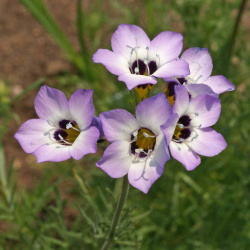 Bird's Eyes Seeds
Gilia tricolor
Quick View
x
Bird's Eyes Seeds
Gilia tricolor
Quick View
xBird's Eyes Seeds
Starting at $2.98 USD -
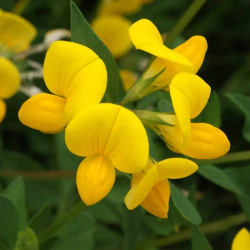 On Sale!
Bird's Foot Trefoil Seeds
Lotus corniculatus
Quick View
x
On Sale!
Bird's Foot Trefoil Seeds
Lotus corniculatus
Quick View
xBird's Foot Trefoil Seeds
Lotus corniculatus
This nitrogen-fixing legume is best known for its incredible adaptability to almost any soil type, which explains why it has naturalized across much of the US. This cheery yellow flower makes excellent forage for livestock and can be grown and harvested for hay. Care should be taken in where it is planted as it can become aggressive in ideal conditions.
Starting at $3.75 USD -
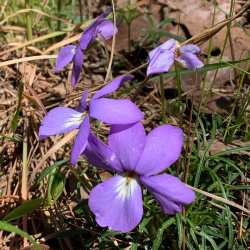 Out of Stock
Bird's Foot Violet Seeds
Viola pedata
Quick View
x
Out of Stock
Bird's Foot Violet Seeds
Viola pedata
Quick View
xBird's Foot Violet Seeds
Viola pedata
A stunning spring wildflower, this wildflower has been called the queen of violets. The petite plant grows just 4" tall but has rather large blooms.
Starting at $3.75 USD -
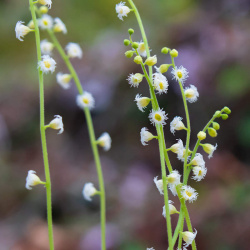 Bishop's Cap Seeds
Mitella diphylla
Quick View
x
Bishop's Cap Seeds
Mitella diphylla
Quick View
xBishop's Cap Seeds
Mitella diphylla
Clinging to slender stems, these tiny, white flowers look like delicate lace. This native plant prefers moist, wooded areas, and is a pretty rare find in the wild. It is even more unusual in gardens because it takes some skill and patience to grow this wildflower.
Starting at $3.96 USD -
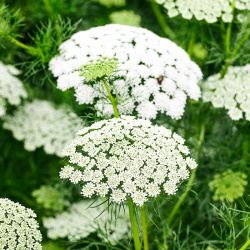 Bishop's Flower Seeds
Ammi majus
Quick View
x
Bishop's Flower Seeds
Ammi majus
Quick View
xBishop's Flower Seeds
Starting at $2.98 USD -
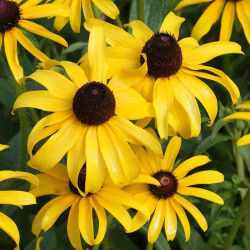 Black Eyed Susan Seeds
Rudbeckia hirta
Quick View
x
Black Eyed Susan Seeds
Rudbeckia hirta
Quick View
xBlack Eyed Susan Seeds
Starting at $2.98 USD -
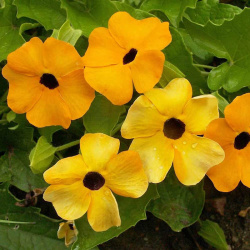 Black Eyed Susan Vine Seeds
Thunbergia alata
Quick View
x
Black Eyed Susan Vine Seeds
Thunbergia alata
Quick View
xBlack Eyed Susan Vine Seeds
Starting at $3.48 USD -
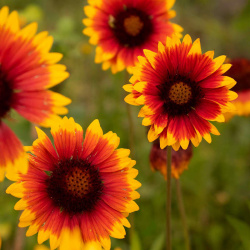 On Sale!
Blanket Flower Seeds
Gaillardia aristata
Quick View
x
On Sale!
Blanket Flower Seeds
Gaillardia aristata
Quick View
xBlanket Flower Seeds
Gaillardia aristata
Reminiscent of an Indian blanket, this bi-colored variety comes in yellow, red, burgundy, and brown. Gaillardia Aristata is a native wildflower of the Northern Rockies, so it is better equipped to handle cold than its cousin, Indian Blanket. The easy-to-grow blooms provide color all season long.
Starting at $3.48 USD -
 On Sale!
Blazing Star Seeds
Mentzelia lindleyi
Quick View
x
On Sale!
Blazing Star Seeds
Mentzelia lindleyi
Quick View
xBlazing Star Seeds
Mentzelia lindleyi
This desert native is sometimes called Evening Star since it blooms through the night and closes with the morning sun. This annual plant has shiny petals and is very attractive in large plantings, rock gardens, or on dry and gravelly slopes.
Starting at $3.48 USD -
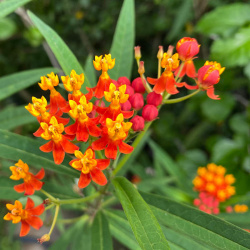 On Sale!
Blood Flower Seeds
Asclepias curassavica
Quick View
x
On Sale!
Blood Flower Seeds
Asclepias curassavica
Quick View
xBlood Flower Seeds
Starting at $3.48 USD -
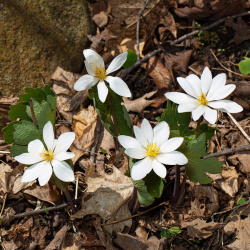 Out of Stock
Bloodroot Seeds
Sanguinaria canadensis
Quick View
x
Out of Stock
Bloodroot Seeds
Sanguinaria canadensis
Quick View
xBloodroot Seeds
Starting at $3.75 USD -
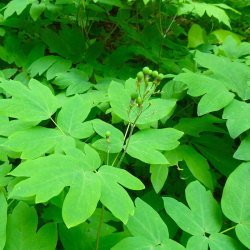 Blue Cohosh Seeds
Caulophyllum thalictroides
Quick View
x
Blue Cohosh Seeds
Caulophyllum thalictroides
Quick View
xBlue Cohosh Seeds
Starting at $3.48 USD -
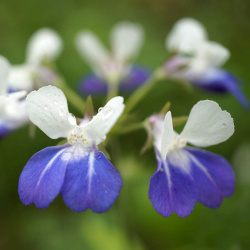 Out of Stock
Blue Eyed Mary Seeds
Collinsia grandiflora
Quick View
x
Out of Stock
Blue Eyed Mary Seeds
Collinsia grandiflora
Quick View
xBlue Eyed Mary Seeds
Collinsia grandiflora
Expect compliments on this blue-eyed little beauty. The bright flower naturally grows in dry prairies, rocky areas, or at the border of woodlands, but seems quite at home in most average garden conditions as well.
Starting at $3.48 USD -
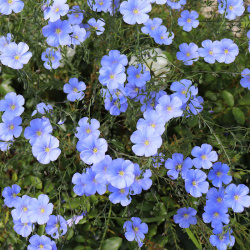 On Sale!
Blue Flax Seeds
Linum perrene
Quick View
x
On Sale!
Blue Flax Seeds
Linum perrene
Quick View
xBlue Flax Seeds
Starting at $3.48 USD -
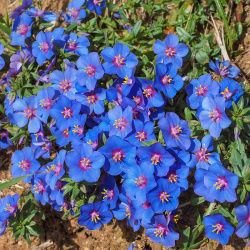 Out of Stock
Blue Pimpernel Seeds
Anagallis monelli
Quick View
x
Out of Stock
Blue Pimpernel Seeds
Anagallis monelli
Quick View
xBlue Pimpernel Seeds
Anagallis monelli
One of the brightest, truest blues in nature, these eye-catching flowers originally grew wild along the rocky slopes and sand dunes of the Mediterranean coast. This annual is a lovely choice for hanging baskets or an annual wildflower planting.
Starting at $2.98 USD -
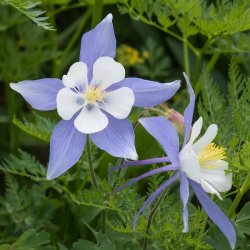 Blue Rocky Mountain Columbine Seeds
Aquilegia caerulea
Quick View
x
Blue Rocky Mountain Columbine Seeds
Aquilegia caerulea
Quick View
xBlue Rocky Mountain Columbine Seeds
Aquilegia caerulea
This blue beauty grows in the meadows and cliffs of the Rocky Mountains. Many gardeners prize this clump-forming perennial with its large upward-facing blue and white flowers - it is so unique! Fill your home garden with a variety of our Midwest wildflower seed mixes.
Starting at $3.48 USD -
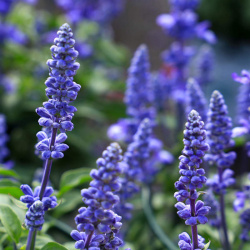 On Sale!
Blue Sage Seeds
Salvia farinacea
Quick View
x
On Sale!
Blue Sage Seeds
Salvia farinacea
Quick View
xBlue Sage Seeds
Starting at $3.48 USD -
 On Sale!
Blue Star Morning Glory Seeds
Ipomea tricolor
Quick View
x
On Sale!
Blue Star Morning Glory Seeds
Ipomea tricolor
Quick View
xBlue Star Morning Glory Seeds
Starting at $3.25 USD -
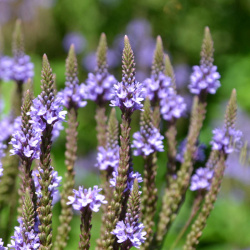 On Sale!
Blue Vervain Seeds
Verbena hastata
Quick View
x
On Sale!
Blue Vervain Seeds
Verbena hastata
Quick View
xBlue Vervain Seeds
Starting at $3.48 USD -
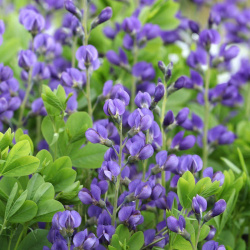 On Sale!
Blue Wild Indigo Seeds
Baptisia australis
Quick View
x
On Sale!
Blue Wild Indigo Seeds
Baptisia australis
Quick View
xBlue Wild Indigo Seeds
Starting at $3.48 USD -
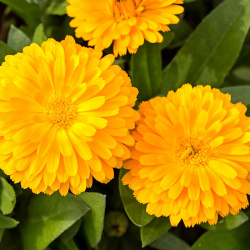 Out of Stock
Bon Bon Yellow Calendula Seeds
Calendula officinalis
Quick View
x
Out of Stock
Bon Bon Yellow Calendula Seeds
Calendula officinalis
Quick View
xBon Bon Yellow Calendula Seeds
Calendula officinalis
Varying from cream to bright yellow, these compact blooms provide color all season. The lovely Calendula aroma is also a natural mosquito repellant. The easy-to-grow annual is attractive as a cut flower or a garnish.
Starting at $3.48 USD -
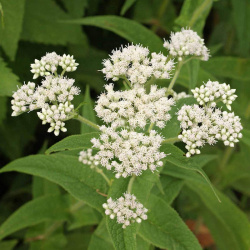 Boneset Seeds
Eupatorium perfoliatum
Quick View
x
Boneset Seeds
Eupatorium perfoliatum
Quick View
xBoneset Seeds
Starting at $3.48 USD -
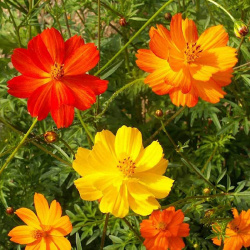 Bright Lights Sulphur Cosmos Seed Mix
Cosmos sulphureus
Quick View
x
Bright Lights Sulphur Cosmos Seed Mix
Cosmos sulphureus
Quick View
xBright Lights Sulphur Cosmos Seed Mix
Starting at $3.48 USD












